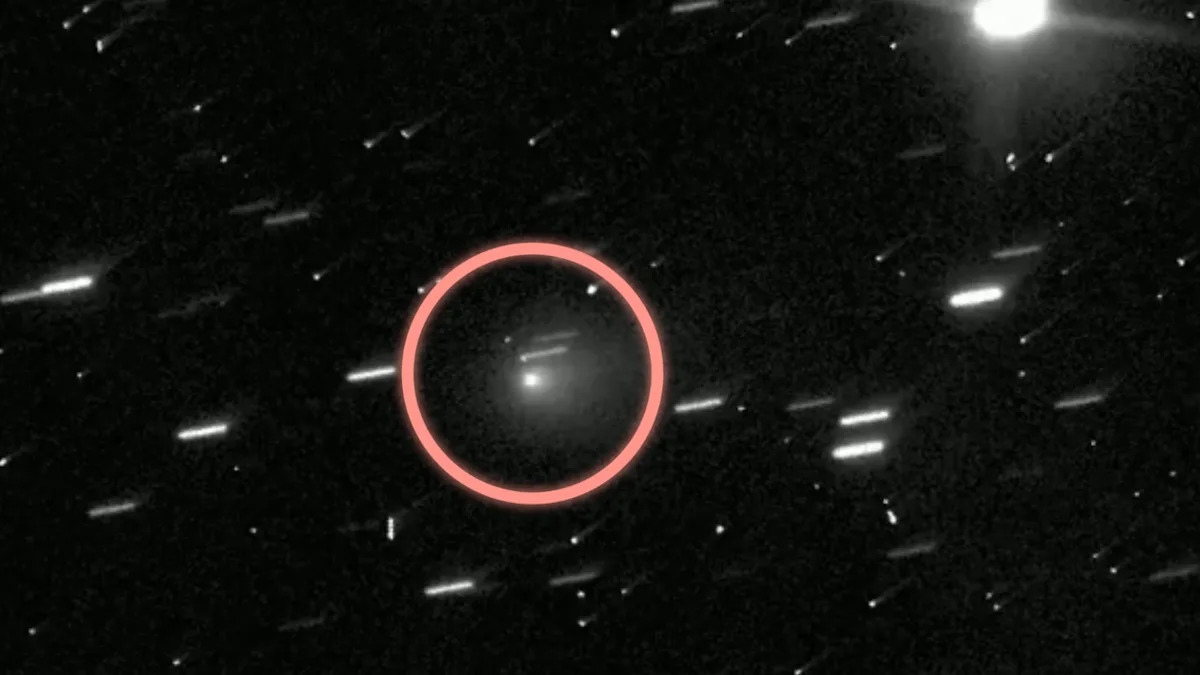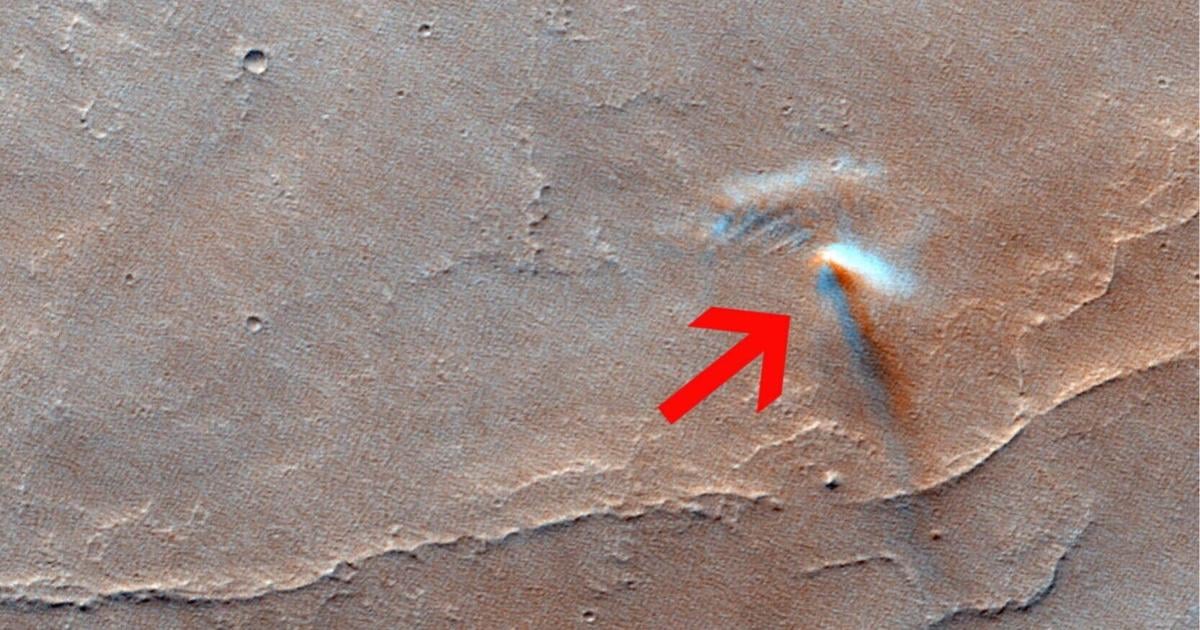When you buy through links on our articles, Future and its syndication partners may earn a commission.
An image of the interstellar invader Comet 3I/ATLAS as seen by the Hubble Space Telescope. | Credit: NASA/ ESA/Hubble
A rocky visitor from beyond…

When you buy through links on our articles, Future and its syndication partners may earn a commission.
An image of the interstellar invader Comet 3I/ATLAS as seen by the Hubble Space Telescope. | Credit: NASA/ ESA/Hubble
A rocky visitor from beyond…
A rocky visitor from beyond our solar system is leaking water like a “fire hose running at full blast,” a new study reports.
Using NASA’s Neil Gehrels Swift Observatory, scientists have for the first time detected the chemical fingerprint of…

We recognize you are attempting to access this website from a country belonging to…
This request seems a bit unusual, so we need to confirm that you’re human. Please press and hold the button until it turns completely green. Thank you for your cooperation!

By Will Dunham
WASHINGTON (Reuters) -On April 8, 2024, a total solar eclipse traversed a wide swathe of North America stretching 2,500 miles (4,000 km) from Mexico’s Pacific Coast through Texas and across 14 other U.S. states into Canada. The…
WASHINGTON :On April 8, 2024, a total solar eclipse traversed a wide swathe of North America stretching 2,500 miles (4,000 km) from Mexico’s Pacific Coast through Texas and across 14 other U.S. states into Canada. The period of totality, when the…

A new study investigating the extraordinary longevity of the naked mole-rat has identified an evolved DNA repair mechanism unique to the species. These bizarre, burrow-dwelling rodents boast a maximum lifespan of nearly 40 years, making them the…
Parent-of-origin genetic effects are associations that depend on whether the allele is inherited from the mother or the father. Traditionally, to identify the parent of origin for an allele in an individual, one needs genotype data from one or…
This request seems a bit unusual, so we need to confirm that you’re human. Please press and hold the button until it turns completely green. Thank you for your cooperation!
This request seems a bit unusual, so we need to confirm that you’re human. Please press and hold the button until it turns completely green. Thank you for your cooperation!